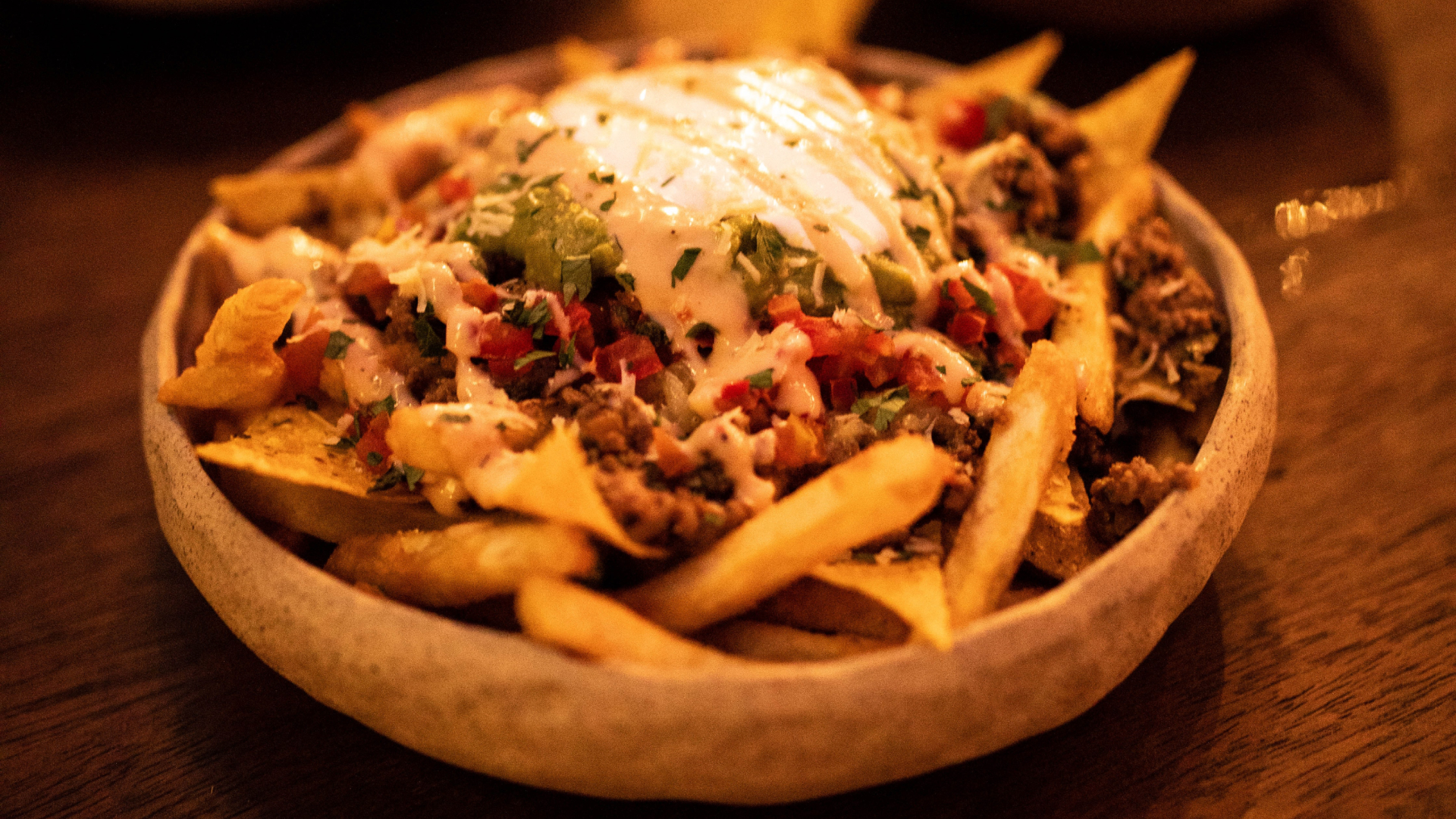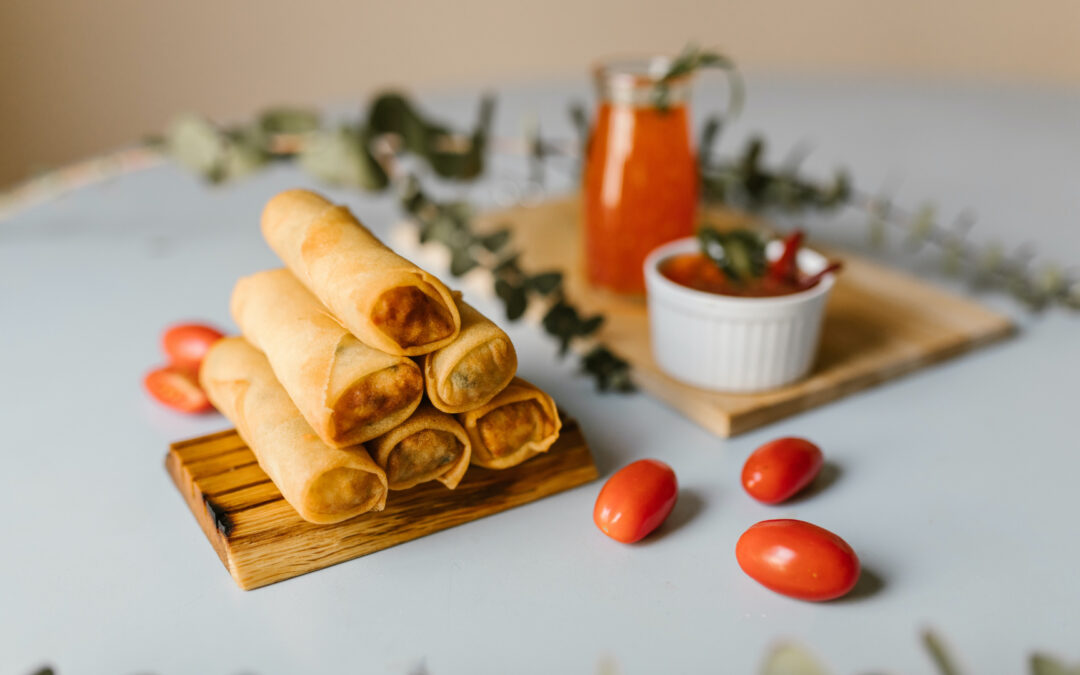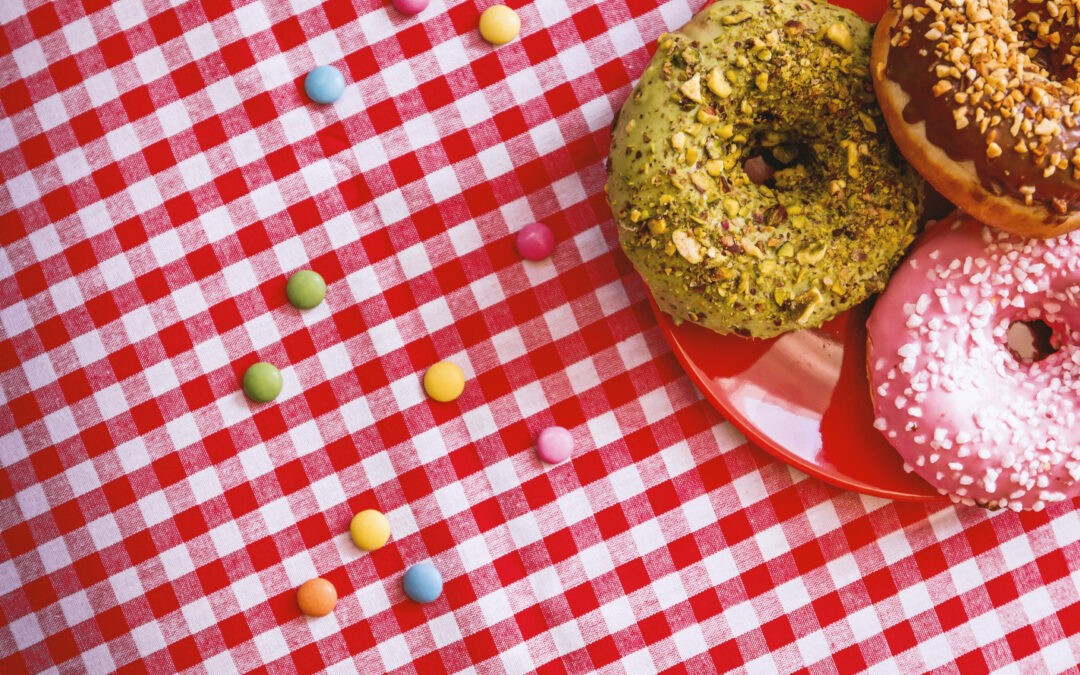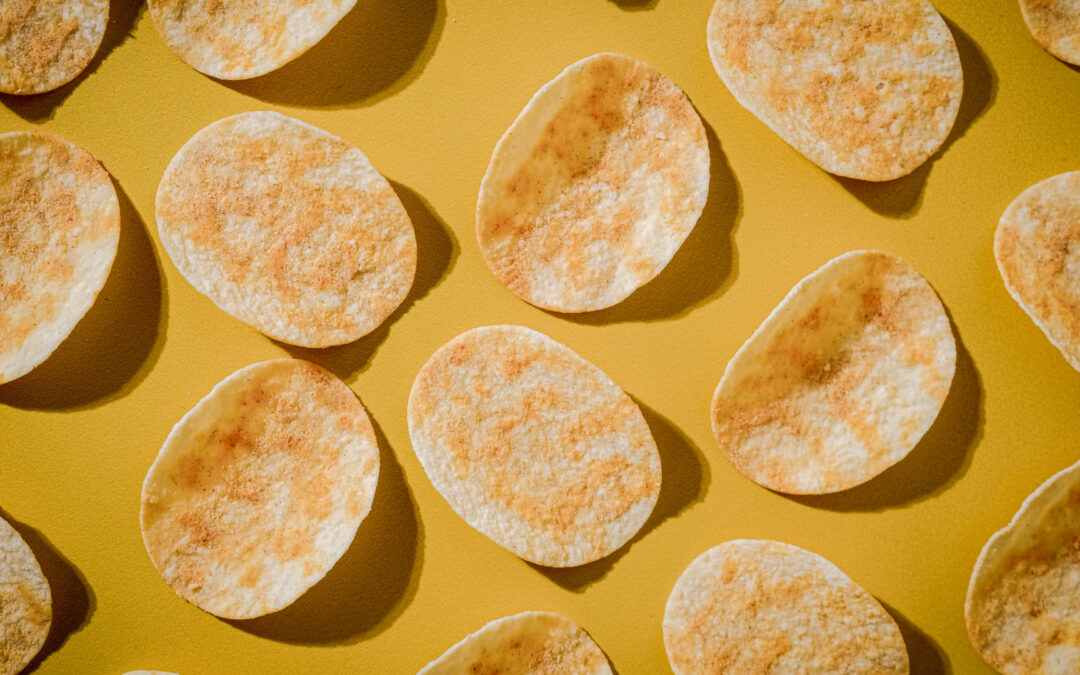Poutine is a Canadian cuisine that consists of french fries topped with cheese curds and gravy. It initially debuted in rural Quebec snack bars in the 1950s and became popular across Canada and worldwide in the 1990s.
Poutine may be featured on menus ranging from fine dining establishments to fast-food places. It has come to represent Quebec and Canadian food and culture.
The term poutine is thought to have derived from the English word pudding (or, as it is known in French, pudding), which is used to describe a sloppy combination of several meals. Poutine is a phrase for “mess” in Québec. Several alternative hypotheses have been proposed, including the origins of the French terms potin (pâté) and poutitè (potato ragout).
As the popularity of poutine grew, other variations emerged, such as Italian poutine (prepared with spaghetti sauce or sausage instead of gravy), veggie poutine (made with mushroom sauce and veggies), and Irish poutine (made with lardons). To mention a few regional varieties, there was la galvaude from Gaspésie, cooked with chicken and green peas, and Montreal-style poutine, made with smoked beef.
By the 1970s, a variant of the meal known as “disco fries” arose as far away as New York and New Jersey, where it was cooked with shredded mozzarella instead of conventional cheddar cheese curds. Nonetheless, purists consider real poutine to incorporate “squeaky” cheese curds from the region of origin.
How to make Poutine:
Poutine, for the uninitiated, is a rural Quebec cuisine made up of three ingredients: fries, brown gravy, and cheese curds. It appears easy enough, but the devil is in the details, as with anything simplistic. Poutine fails because the textures and tastes aren’t balanced properly. A decent rendition begins with a bed of crisp exteriors and soft, pillow innards of fries. On top of it, a substantial portion of bite-size soft cheese curds with a characteristic squeak should be served. A brown gravy smothers the fries and curds, with just enough beefiness and sharpness to stand out but not so much that it overpowers the other two components.
The fries:
The fries are made with thick-cut Russet potatoes that have been soaked and twice-fried to achieve a delicate, creamy centre and a golden crispy outside. Frying your French fries twice may appear to be a lot of strain, but it is simple and necessary. The first fry, at a lower temperature, cooks and softens the potatoes, while the second fry, at a higher temperature, produces the desired golden, crispy crunch.
The Sauce:
A multi-dimensional beef gravy lightened with chicken stock and flavoured with vinegar, ketchup, Worcestershire sauce, and hand-selected spices. The gravy is tasty, with just enough acidic snark to balance off the fries and cheese curds. It’s also thick enough to pool and cling to the fries rather than slip straight off.
The Cheese:
Using room-temperature cheese curds allows them to melt in the steaming sauce.
Once the fries are done, the assembly must take place quickly, so have all components ready to go. The curds should be soft and partially (but not completely) melted. The trick to getting them there from the heat of the fries and gravy alone is to have them at room temperature. Meanwhile, the gravy should be hot enough to soften the curds but not so hot that it melts them—if it’s hot enough to burn your mouth, let it cool slightly before pouring it on.
Poutine has a reputation as a crazy food, but when done properly, it’s a piece of beauty that’s just so good whether you’ve been consuming it or not.






